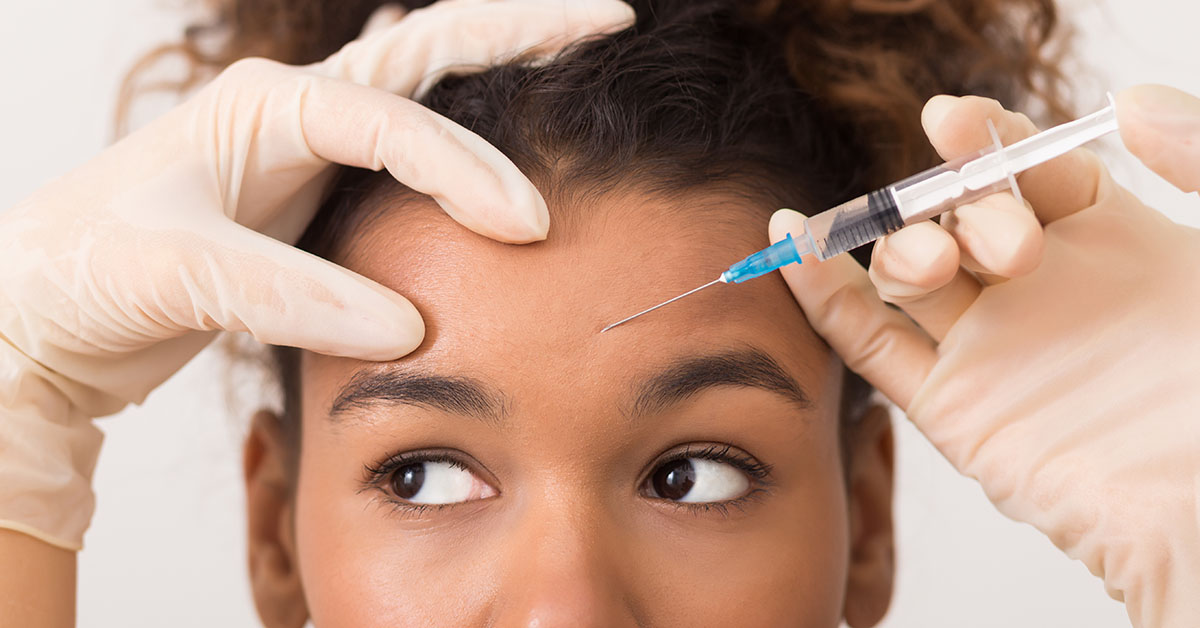
Most people are familiar with Botox injections as cosmetic procedures, but many people don’t know about the benefits of botox for pain relief. Botox is effective for treating chronic pain as well as for cosmetic purposes. For people who have a chronic migraine or another headache disorder, these injections can provide much-needed relief and greatly improve their quality of life.
When is Botox for Pain Relief Used?
Botox injections are used for pain relief for several conditions. In neurology, Botox is used primarily for the treatment of chronic migraine. However, it can be used for pain relief in other instances. The most common uses of Botox for pain relief are:
- Chronic migraines
- Tension headaches and other headache disorders
- Nerve pain
- Chronic neck and back pain
- Arthritis
How It Works
Botox for pain relief uses a diluted form of botulinum toxin type A. Small amounts of the diluted toxin is safe to inject into the muscles to relieve the pain associated with migraine, headache disorders, nerve pain, and other types of chronic pain. Botox helps treat headache disorders like migraine when injected into the pain fibers associated with headaches. For treatment of other types of pain, the injections function the same way but are given in different areas. Botox works by blocking the release of chemicals that activate a pain response in the brain.
What to Expect
During the procedure, the doctor will ask the patient to contract their muscles to help identify the treatment sites. After determining the locations for the Botox injection, the physician will give the injection. These injections typically contain a mixture of botulinum toxin and saline solution or local anesthetic. Between five and 10 injections in multiple areas may be needed to successfully relax tense muscles. The procedure usually takes about 5 minutes.
Shortly after administering the Botox injection, patients may experience mild side effects such as swelling, bruising, and some pain. Rarely, patients will experience nausea, a temporary headache, and other flu-like symptoms. However, most complications are short-term and resolve without medication. Patients can apply ice to the treatment site and take over-the-counter pain killers to reduce any discomfort.
Other Injections for Headache and Migraine Relief
The Botox injection should begin working within 10 to 14 days, with long term pain relief lasting anywhere from three to four months. Therefore patients may need additional medications to ensure sustained pain relief. These medications may include peripheral nerve blocks or sphenopalatine ganglion blocks. Both of those medications can quickly treat migraines and severe headaches. Patients see results in minutes rather than days. Peripheral nerve blocks also help with other symptoms related to migraines including light and noise sensitivity, and nausea.
Benefits of Botox for Pain Relief
Botox is particularly helpful in treating chronic migraine because it has long-lasting results. Patients experience considerable pain relief for months at a time. At Regional Neurological Associates, we recommend a series of injections to the scalp, neck, and shoulders about 4 times a year. If you are experiencing symptoms of chronic migraine and want to learn more about how Botox may help, call (718) 515-4347 to make an appointment.


